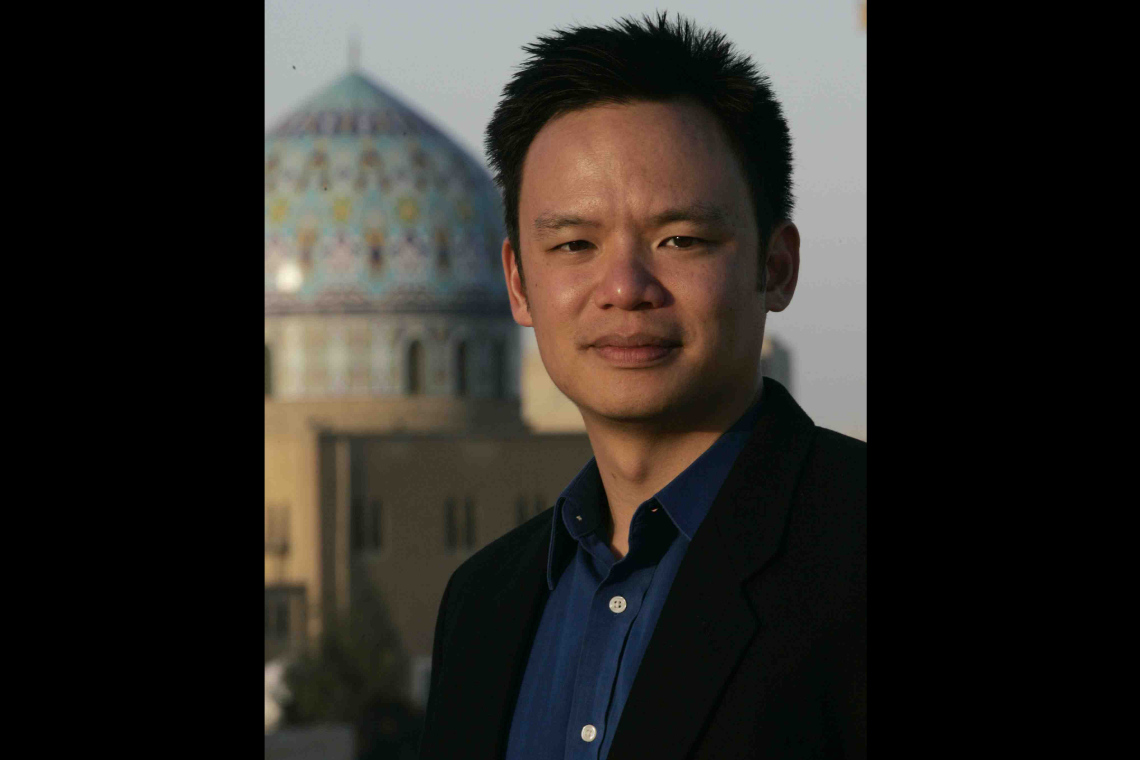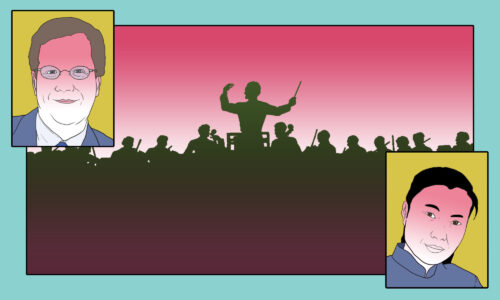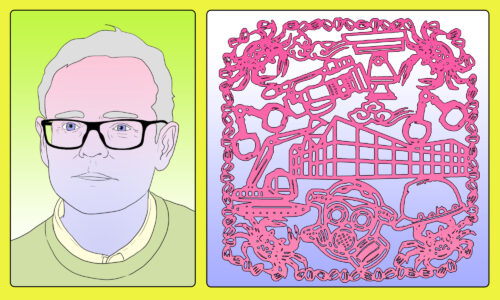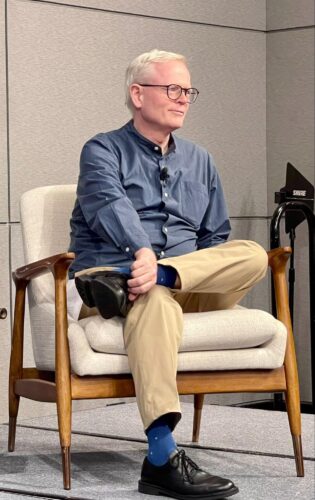Sinica backgrounder: Edward Wong, exiting Beijing bureau chief for The New York Times
To accompany this week’s Sinica Podcast, a sampling of the work of Edward Wong, a reporter at The New York Times who is about to return to the U.S. from a post in Beijing.

Edward Wong became a reporter for The New York Times in 1999. He gained visibility as a war correspondent in Iraq from 2003 to 2007, and then moved to Beijing in 2008. There, he wrote moving portraits of the victims of the massive earthquake in Sichuan, which claimed 70,000 lives, including stories such as Quake victims in China rally from painful losses and In rubble, couple clung to each other, and to life. He covered a wide range of subjects in China for the Times, and became Beijing bureau chief in 2014.
Ahead of the December 1 Sinica interview with Ed, read a selection of his favorite stories produced by his pen and under his management — five from this year, and a notable series from 2011:
- China takes a chain saw to a center of Tibetan Buddhism – November 28, 2016
A report on how Larung Gar, “an extraordinary and surreal sprawl” that is considered to be “one of the most influential institutions in the Tibetan world,” is under construction as China takes steps to increase its control over the settlement. “I heard my home will be demolished,” one monk told Ed. “I don’t know whether I’ll be allowed to stay.” - Resettling China’s ‘ecological migrants’ – October 25, 2016
Ed traveled deep into north-central Ningxia Province to interview some of the nearly 330,000 migrants there, most of whom are Muslim and face cramped conditions and a lack of government attention in resettlement villages. - Living in China’s expanding deserts – October 24, 2016
For this multimedia story, Ed Wong was joined by Josh Haner, Derek Watkins and Jeremy White to explain how climate change and human activities are causing desertification at a rate of over 1,300 square miles per year. The government has recently begun taking measures to address and adapt to the new circumstances, but the efficacy of the steps taken is questionable. - China’s last wild river carries conflicting environmental hopes – June 18, 2016
A story about the tension between government goals to wean the country off of coal — thanks in part to massive hydropower dams — and the desire to leave the natural environment intact. - Chinese modernization comes to an isolated people – April 24, 2016
In far southwest China, Ed reported on the front lines of economic development among a small ethnic minority called the Dulong. Its villages are so remote that the border to Myanmar is marked by only a simple stone, with no checkpoint whatsoever. - Finally, a collection of stories called Culture and Control, published in 2011 and largely written by Ed, documenting “the struggle to shape the culture of authoritarian China.” This includes a notable profile of documentary filmmaker Zhao Liang, titled Chinese director’s path from rebel to insider.





